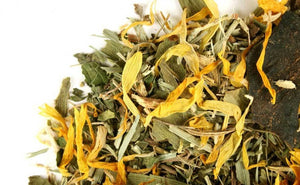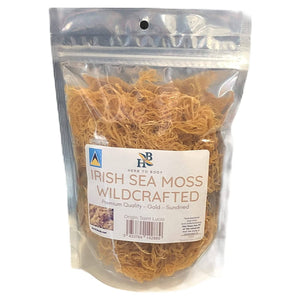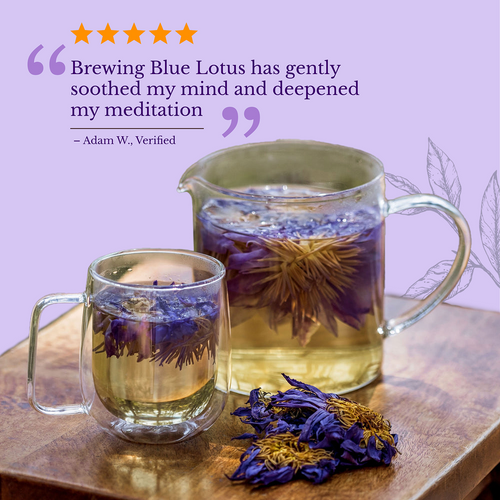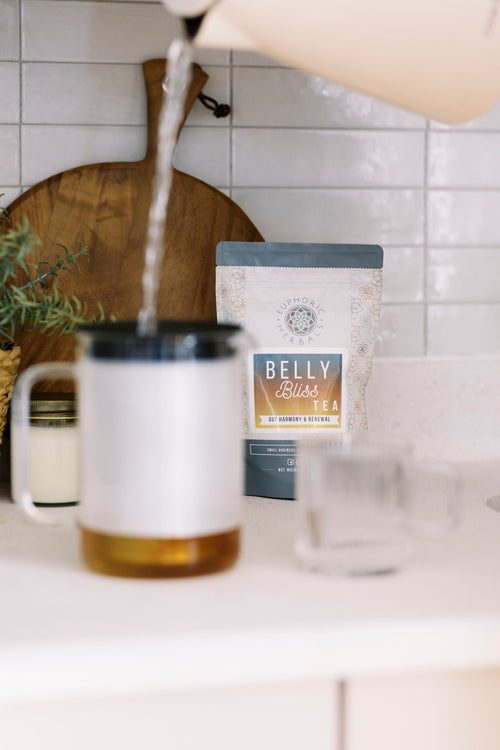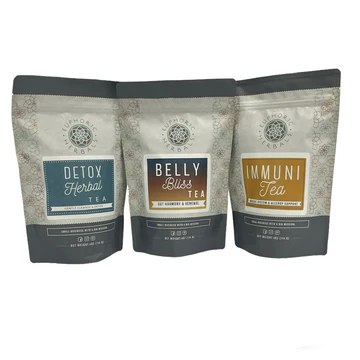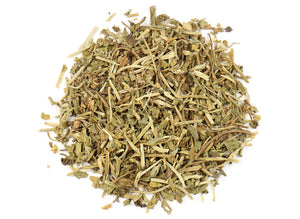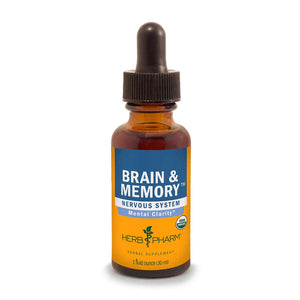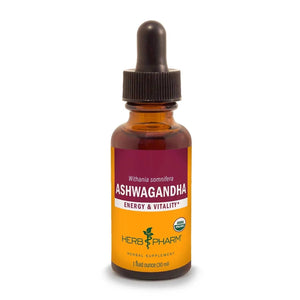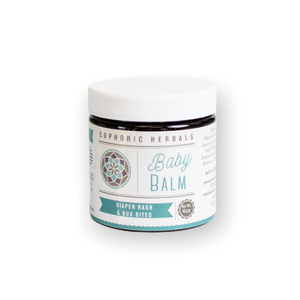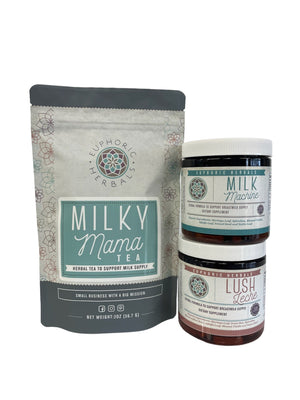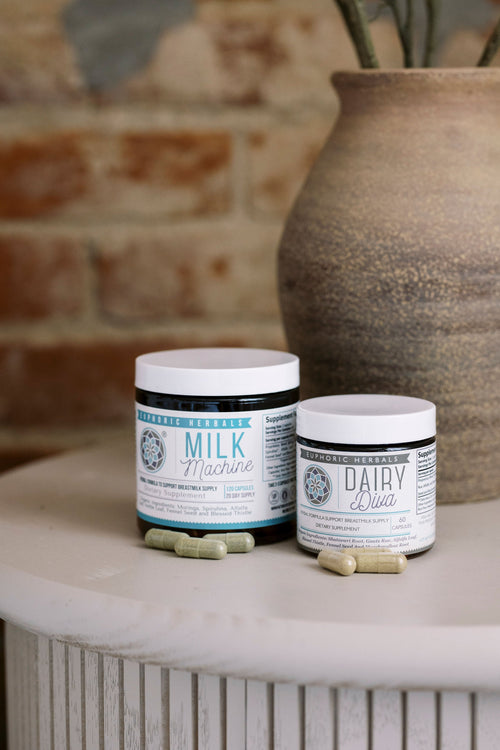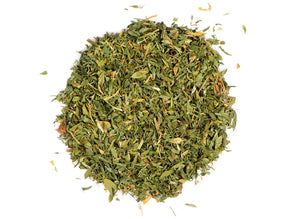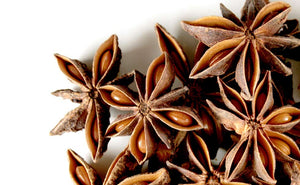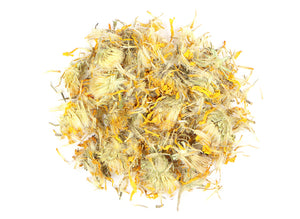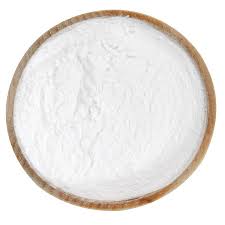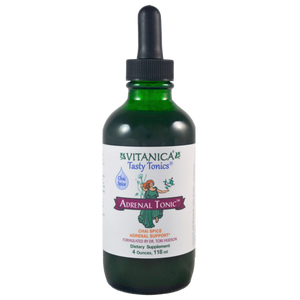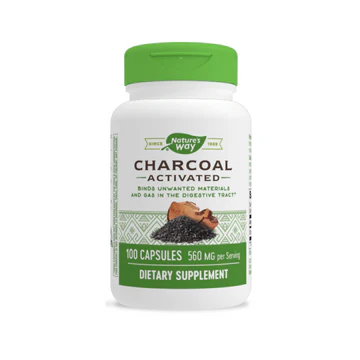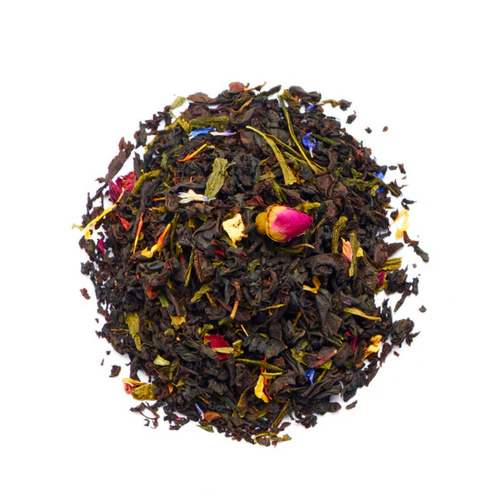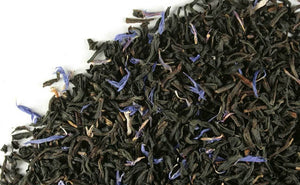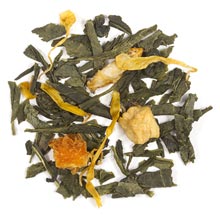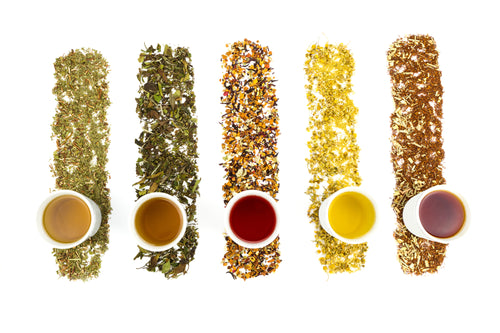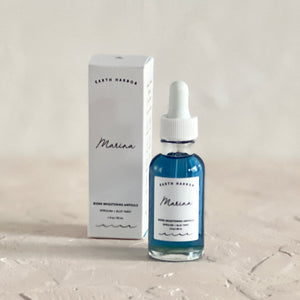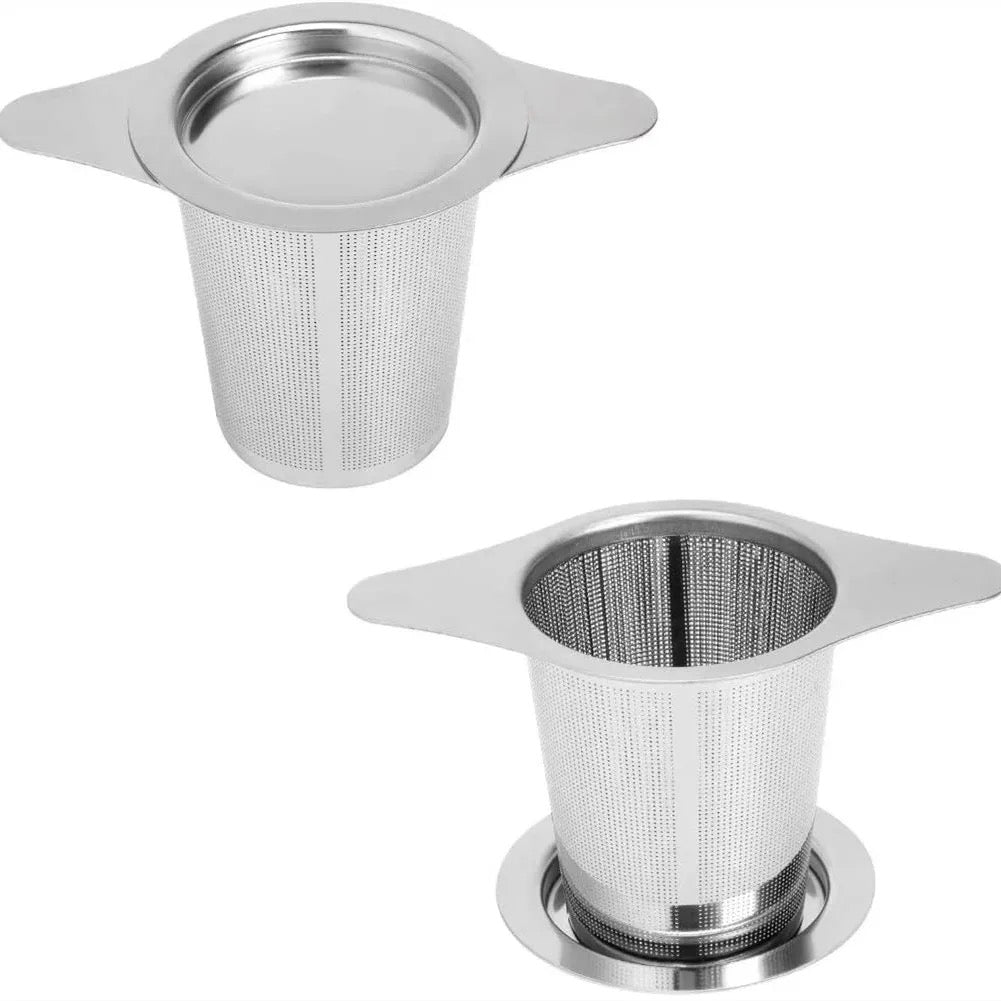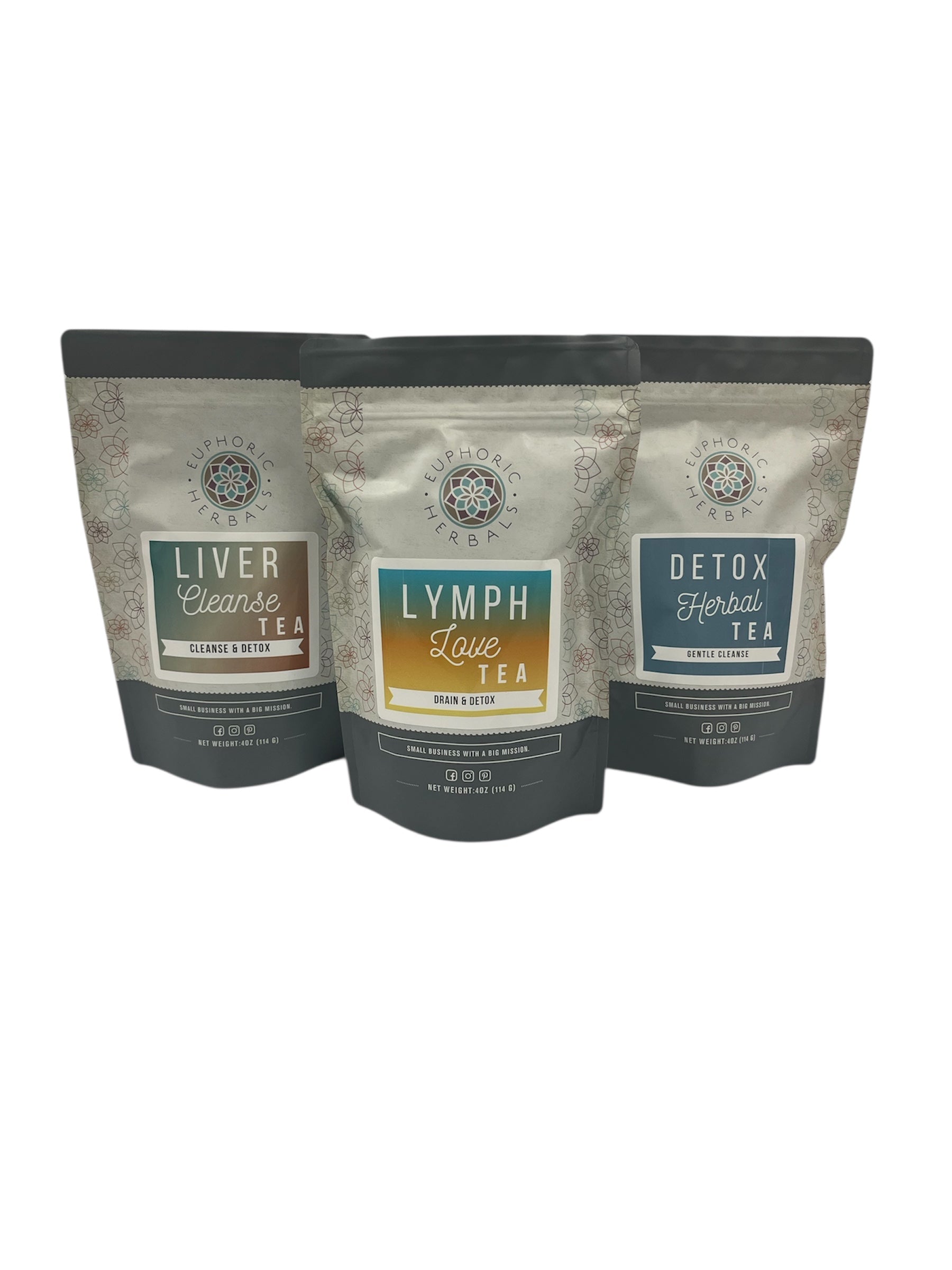Essential oils can be a powerful natural remedy when used the right way. They have unquestionably exploded in popularity over the last decade or so, but many people still aren't fully aware of the process that goes into making them.
It's important to understand this process because how essential oils are made plays a big role in why they are so beneficial and helps you learn more about how to use them.
Here's a basic Oils 101 guide to give you more details on the background of these unique extracts.
Where Do Essential Oils Come From?
True essential oils come from plants. Technically, they aren't "made" but are rather extracted from various types of plant material: leaves, flowers, seeds, fruit peels, resin, roots, etc.
At their core, essential oils are the "essence" of the plant they come from, which explains the source of their name.
This means that any given essential oil will have very similar properties to the plant it came from. It also means that how the plant is grown will play a role in how beneficial the essential oil is.
As an example, if chemicals are used during the growing process or come into contact with plants post-harvest, they can contaminate the final product with toxins. Buying organic essential oils and/or looking for a brand that tests their oils for purity is one way to avoid this.
Note: Fragrance oils are not the same thing as pure essential oils. They usually contain synthetic ingredients and fillers and are not good for your health. Please don't ever use them as a substitute for true essential oils.
Common Extraction Methods

Steam Distillation
Steam distillation is the most commonly used method used for extracting essential oils from plant material.
The process follows these basic steps:
- Harvested plant material is placed in a container known as a still and steam is added to it (sometimes by suspending the still over boiling water).
- The steam pulls volatile oils out of the plant material and carries them through a tube to a condensation flask or condenser.
- The steam is cooled, causing it to turn back into a liquid, which makes the oil either float to the top or sink (since oil and water don't mix).
- The separated essential oil is collected and bottled, while the remaining liquid can be used as a hydrosol.
For certain woody essential oils (like Frankincense and Myrrh), a sap-like substance is collected through resin tapping. The resin is then dried and distilled.
For other plants, the distilled material is usually leaves or flowers.
CO2 Extraction
CO2 extraction is another method that uses lower temperatures than steam distillation, plus carbon dioxide as a solvent.
Essential oils extracted by the CO2 method tend to be thicker and may contain more intact plant compounds because of the lower temperature that is used. Some also say they have more of a 'true aroma' of the plant they come from.
Here are the basic steps of CO2 extraction:
- Supercritical CO2 is pumped into a container filled with plant material. (Supercritical basically means a gaseous state with liquid properties.)
- The CO2 pulls volatile oils out of the plant matter and carries them through pressure reducing valves.
- With the pressure returned to normal, the CO2 evaporates back into a gas and leaves behind the essential oil, which is collected in a container.
CO2 extraction is a little more technical than steam distillation, but it very effectively makes use of a natural substance to extract essential oils with most of their original chemical composition intact.
Cold-Pressing

Cold pressing is an extraction method most commonly used for citrus essential oils. As the name suggests, it uses no heat, which results in a beautifully scented oil with all of its precious compounds intact.
Here's the basic cold press method:
- Whole fruits are washed and placed in a specific kind of container with spikes or another type of mechanical device to puncture the fruit.
- The fruit goes through a cycle in which the essential oil sacs (found right under the rind) are ruptured through piecing, grinding, etc.
- Water is sprayed on the fruit to carry the essential oil to a container and/or the whole fruit is pressed to release both the juice and the oil.
- The oil is separated from the water/juice, usually in a centrifuge, and bottled.
The End Result: A Concentrated Plant Extract
No matter which extraction method is used, the end result is a very concentrated plant extract that we call an essential oil. It contains most of the compounds originally found in the plant, although the composition can alter slightly based on which method is used.
Usually, it takes at least several pounds of a plant to make just one bottle of essential oil. In the case of rose oil (one of the most expensive essential oils), about 8000 roses go into one 5 ml bottle!
This should give you an idea of just how concentrated essential oils are and why they need to be used with respect. A little goes a long way, and dilution in a carrier oil is recommended for topical use.
How Do Essential Oils Work?

Most essential oils have tiny molecules that can easily be absorbed through your skin or pass through the blood-brain barrier when inhaled. This is why the two most common ways to use them are as a topical application or in a diffuser.
When applied topically, certain essential oils have numerous skin benefits. Some are soothing for dry or irritated skin, while others have antimicrobial properties (like tea tree oil) that protect your skin.
Because they are absorbed and go further than skin deep, essential oils can also be used for things like sore muscles and respiratory support when used in a massage oil or a vapor rub.
When used aromatically, essential oils have major benefits for your brain and mood.
Their molecules are thought to interact with the limbic system in your brain, which plays a big role in emotion and memory. Simply diffusing or inhaling the right essential oil can help with stress, sleep, focus, and much more.
Most Versatile Oils to Have on Hand
If you're wondering where to start with essential oils, here are a few that are very versatile and beneficial in many situations:
- Lavender Oil: Sometimes called "the Swiss army knife" of essential oils, lavender is soothing to both skin and your mood. It promotes sleep, has cleansing properties, and blends well with almost any other oil.
- Tea Tree Oil: Tea tree is a good oil to have on hand for minor cuts and scrapes and also has antifungal properties. It can be especially helpful for those with acne-prone skin.
- Citrus Oils: Citrus essential oils are some of the most loved because of their beautiful, uplifting fragrances. Orange oil has been nicknamed "sunshine in a bottle," and lemon oil can be used for cleaning or to boost your mood. Bergamot and grapefruit are also refreshing.
- Peppermint Oil: Peppermint oil has cooling action that can help to soothe sore muscles or ease a headache. It's also known to calm indigestion and can be applied topically over an upset tummy.
Over time, you'll learn which essential oils are your favorites and how they interact with your body and brain.
Always remember to start with a small amount of a new essential oil at a time and use them carefully with respect for their potency!
Disclaimer: This post is for informational purposes only. It does not constitute medical advice and should not be substituted for medical advice. Please consult your health care provider, herbalist, midwife, or naturopathic physician before taking herbs, supplements, etc. Here's the link to our full disclaimer.






